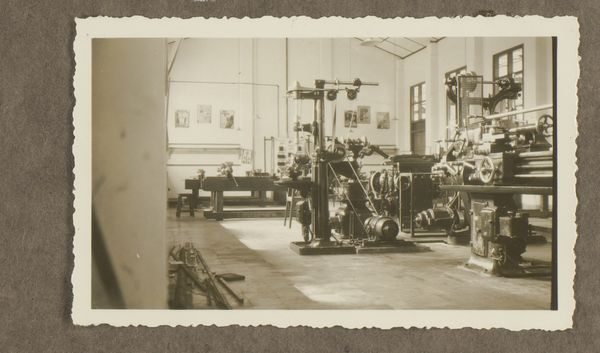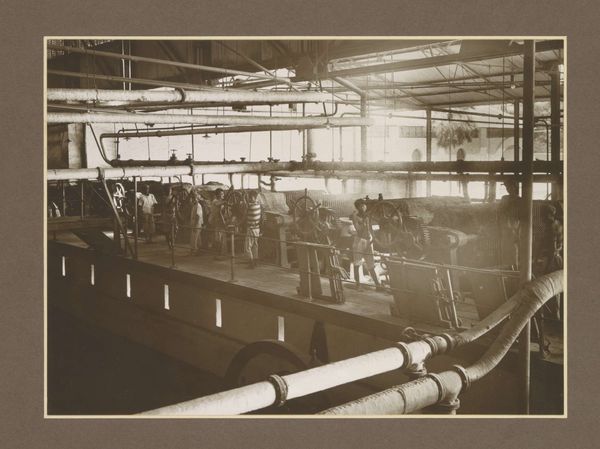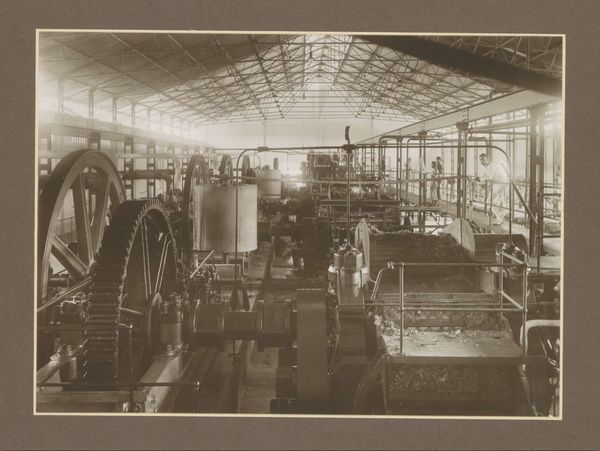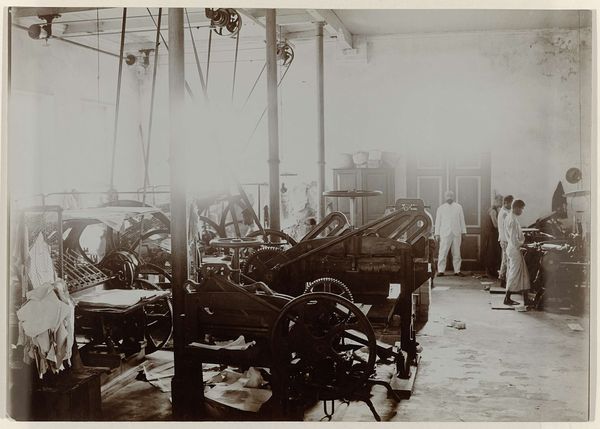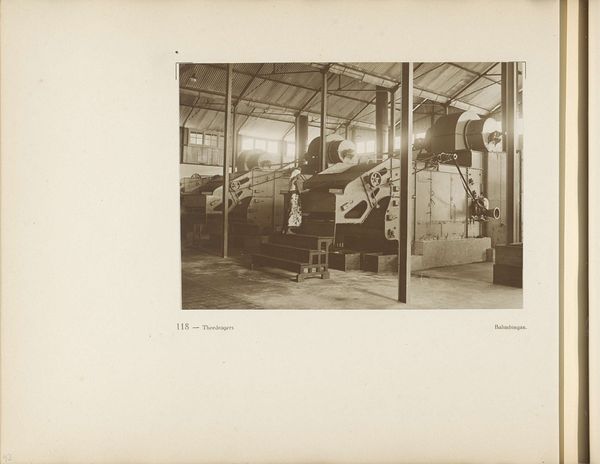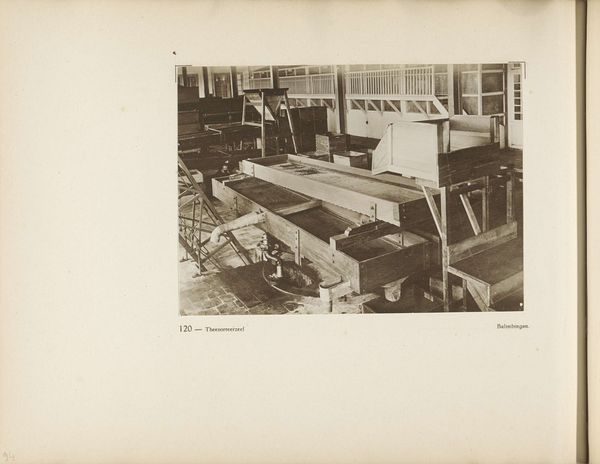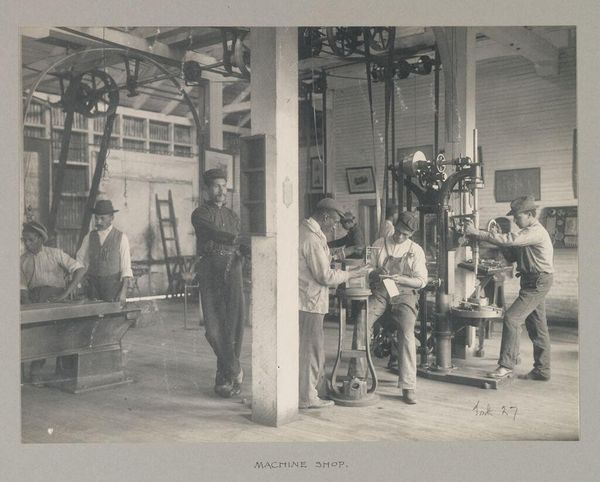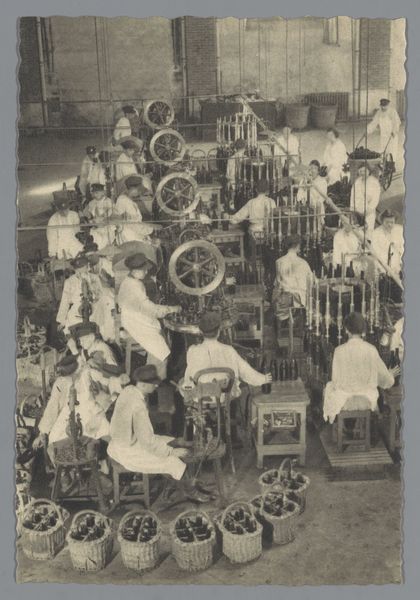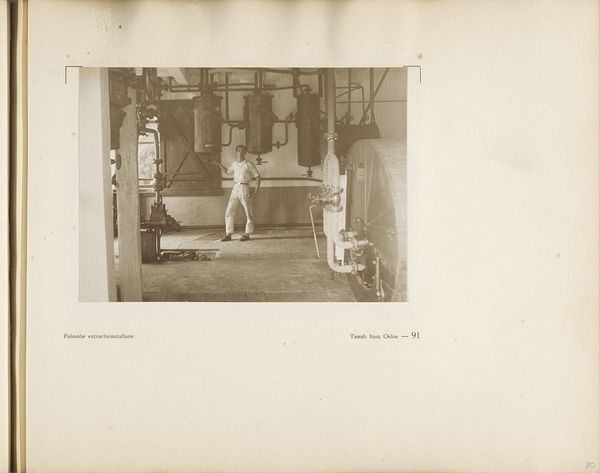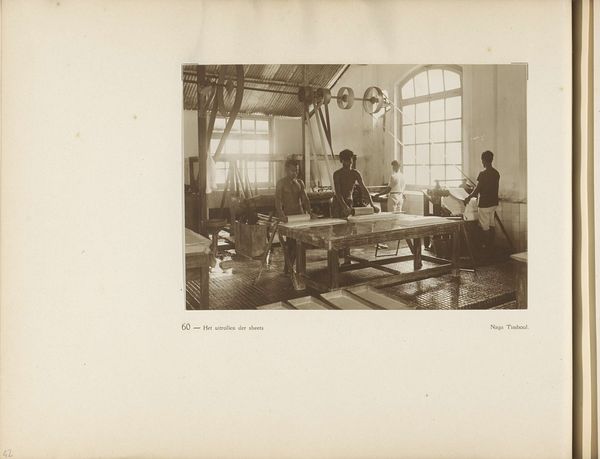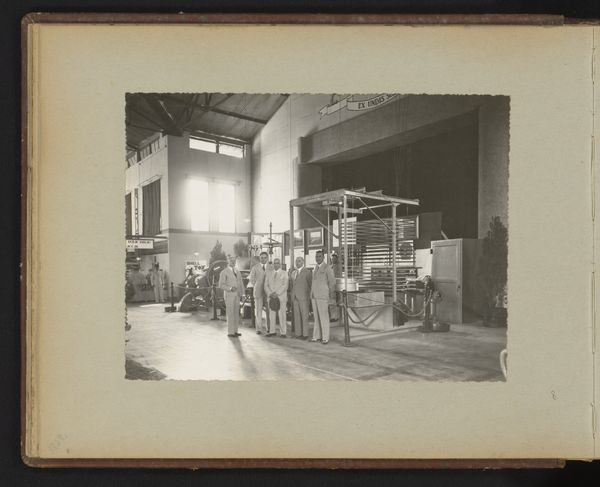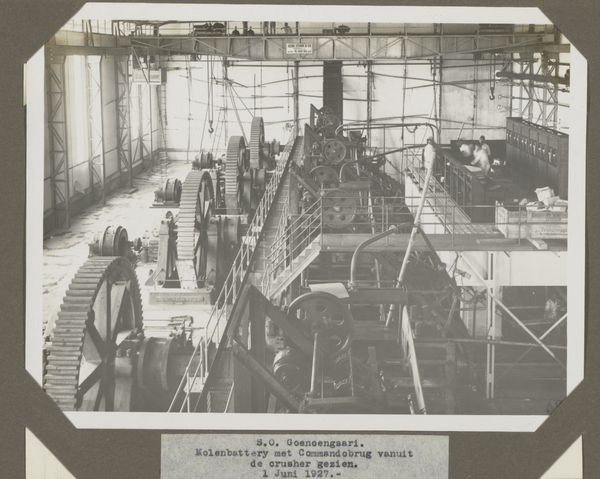
photography, gelatin-silver-print
#
portrait
#
print photography
#
still-life-photography
#
landscape
#
outdoor photograph
#
archive photography
#
photography
#
historical photography
#
gelatin-silver-print
Dimensions: height 169 mm, width 224 mm, height 314 mm, width 450 mm
Copyright: Rijks Museum: Open Domain
Editor: This is a gelatin-silver print from 1889 by Paul Güssfeldt, titled "Kapitein en matrozen op het bovendek van een schip"—"Captain and sailors on the upper deck of a ship." The composition feels very formal, almost staged. How do you interpret this work? Curator: That formality is precisely what intrigues me. Consider the colonial context of the late 19th century. This isn't just a photograph of sailors; it's a carefully constructed image projecting power and control. What do their uniforms signify in relation to the colonial enterprise, and who exactly was this image for? Editor: I see what you mean. Their crisp, clean uniforms create a stark contrast against the backdrop of, well, I guess implied subjugated peoples, right? Curator: Precisely. Think about the gender dynamics at play too. Who is noticeably absent here? The lack of women reflects the prevailing social structures of the time and invites us to question whose stories are not being told. Can the ship be interpreted as a metaphor for state power? Editor: Definitely. And it makes me think about how photographs like this contributed to constructing a very specific narrative, omitting so much, even through, and maybe because of, the very act of representation itself. Curator: Exactly. And how those constructed narratives played a role in shaping the global political landscape, impacting lived experiences then and even now. These images, though seemingly simple, are loaded with complex layers of meaning. Editor: I had never thought about the political subtext of what looked like a snapshot of life at sea, but thinking about these photographs in their specific cultural moment definitely broadens their message. Thanks! Curator: Absolutely, understanding the intersection of art and power is key to critically engaging with these historical works. There’s always more beneath the surface.
Comments
No comments
Be the first to comment and join the conversation on the ultimate creative platform.
